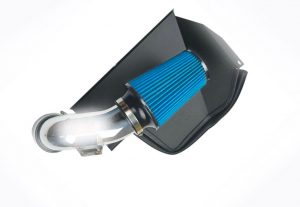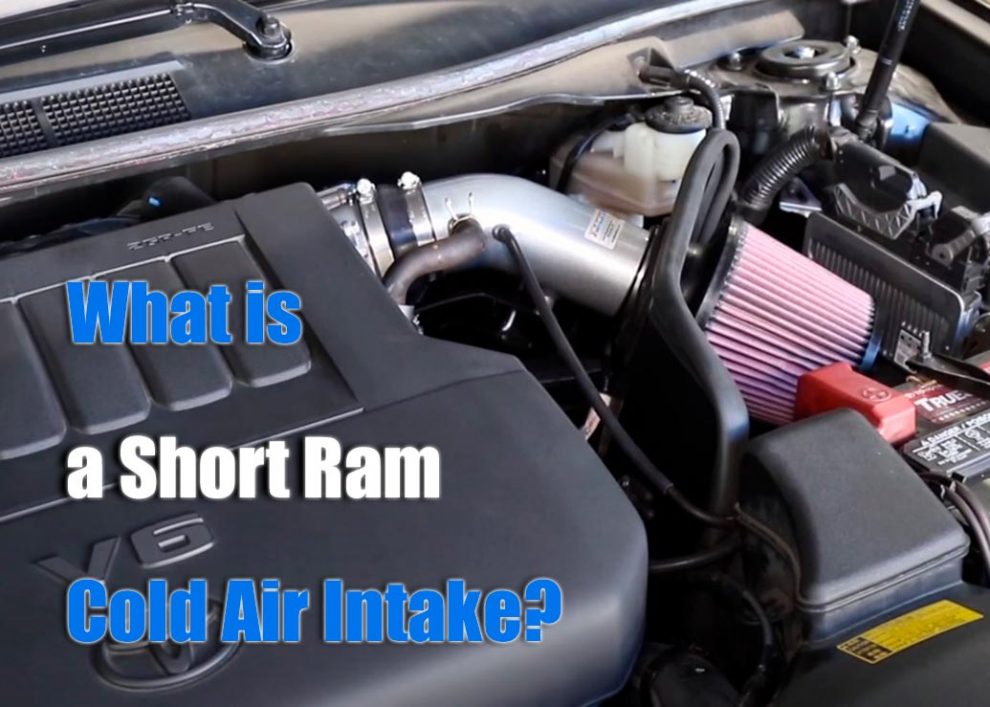Aftermarket CAI units have been around for many decades, helping drivers from around the world maximize performance and extend the lifespan of their engines. They are pretty great at improving fuel efficiency, boosting the throttle response, and even making the engine stronger by adding extra HP and torque. And for the average driver, there’s always a choice between different air intakes.
So, if you’re wondering, what’s the deal with short-ram air intakes, this guide is for you. Today, we’ll talk about it all in detail. Plus, we’ll check out the main difference between short ram and cold air intake and see which system offers the better bang for the buck. At the heart, they’re somewhat the same, but there are still some differences that we need to consider. Let’s get to it!
Short Ram – Pros and Cons
Let me start by saying that this is the cheapest, most fan-favored, and user-friendly intake out there. Thanks to the clever design, you won’t have to be a mechanic to handle the replacement/installation. All you’ll have to do is properly mount the new pipe/tube and add an air filter to go along with it. That’s why short rams are significantly cheaper than cold air intakes. Plus, they look pretty cool and are (generally) louder.
However, they’re not perfect and do have some disadvantages. Most importantly, rams “sit” in the same spot as the factory cooling system. As a result, they allow more heated air generated in the combustion chamber to fill out the intake, which leads to a drop in HP and torque. I’m not saying the negative effect is dramatic, but still, the motor won’t be able to reach its maximum potential.
A Good Choice for Off-Roading, or Not?
For the fans of competitive racing and off-roading, the biggest question is: can a short ram handle the pressure, or not? Judging by my own experience and that of many fellow drivers, short rams can be pretty decent in tough situations. Compared to the stock system, they are always going to be a significant improvement. And, this gear delivers a solid performance on showy, muddy, rocky, and other challenging terrains.
But, as I mentioned earlier, a short ram is still a limited unit, meaning you need to always keep your eyes on the meters. If you’ve got a strong radiator-cooling system and a reliable aftermarket exhaust, a short ram will be a reasonable choice and won’t let you down. And if you don’t, just remember that a short ram can never be as reliable as a CAI – that’s just how it is.
How Cheap Can You Go?
 Short rams are pretty affordable thanks to the simplistic design and short tubes. But how cheap are we talking about here, exactly? Here’s my recommendation: don’t EVER go for a short ram that’s available for $100-150, because, most likely, it will do more damage than good. That’s right: cheap rams hurt the engine’s power output because they aren’t properly tested and fine-tuned by the manufacturer.
Short rams are pretty affordable thanks to the simplistic design and short tubes. But how cheap are we talking about here, exactly? Here’s my recommendation: don’t EVER go for a short ram that’s available for $100-150, because, most likely, it will do more damage than good. That’s right: cheap rams hurt the engine’s power output because they aren’t properly tested and fine-tuned by the manufacturer.
With no testing, the air-to-fuel ratio can never be right. This forces your vehicle’s onboard computer system to set the wrong timing, which, in turn, makes the motor consume more fuel while delivering a weak performance. In some cases, the computer even switches into the “defensive” mode to protect the engine bay. It “thinks” that the motor is about to overheat. So, don’t go cheap! For short ramps, $200-250 is the sweet spot.
Cold Air Intake – Pros and Cons
Alright, so, what about a CAI unit? Will it be a better investment, or not? First of all, the design is different: it is specifically engineered to absorb as much cold air as possible (hence the name). Next, with a cold air intake, the air filter is always located as far from the motor as possible. That way, the cold air doesn’t get mixed up with the hot fumes generated by the cylinders. Depending on your car, the CAI will either be installed behind the engine or to its side.
Air intake kits are more sophisticated by nature and have more pipes. But, they’re also expensive. On average, they cost +/- $100 more than a short ram. Besides, unless it’s a 100% fit with your vehicle, you’ll encounter some challenges during the installation. It needs to match the mounting spots perfectly. If not, grab a drill and, well, make new holes! Some bending, trimming, and cutting might also be involved.
So, Ram, or no Ram?
Ok, we just checked out both cold air intakes and short rams. The question still stands, though: do we have a winner on our hands, or not? It actually comes down to what you’re after and how big (or small) your budget is. If you’re ready to commit and are willing to spend big bucks on the cooling system, a cold air intake will be the right purchase, as it’s more powerful.
On the other hand, short rams are a lot more affordable. Plus, you won’t have to pay a mechanic extra for the installation – you can handle it on your own! In my experience, it’s always better to start slow. If this is your first aftermarket upgrade, it might be wise to go with a ram. Then, once you’re familiar with its strong sides and disadvantages, it won’t be a problem to switch to a CAI.


Add Comment